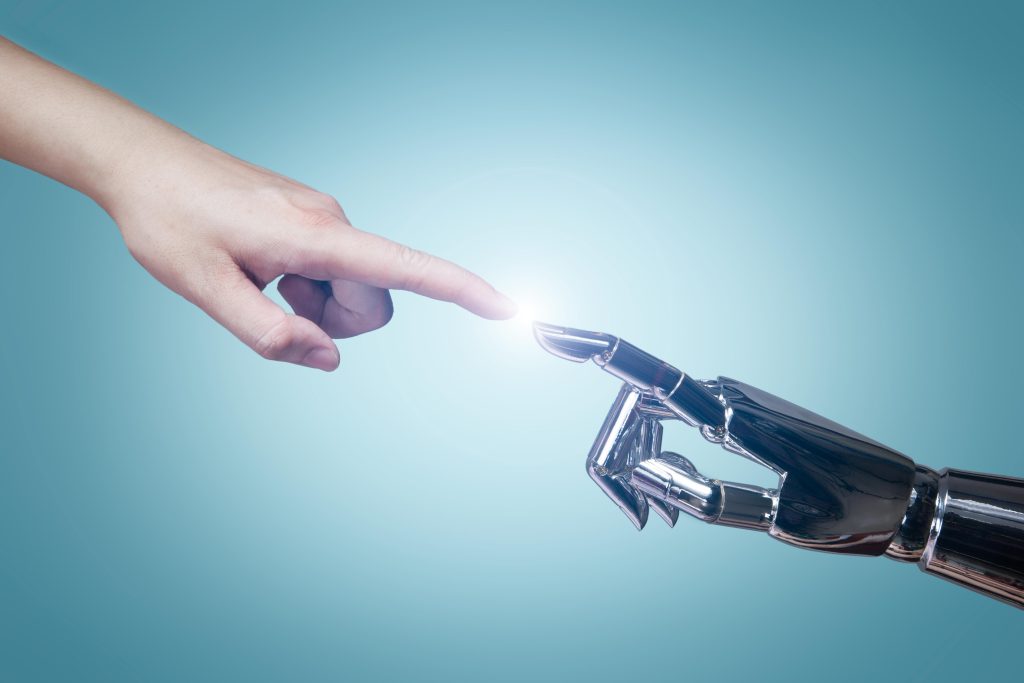AI tools transform daily life for the visually impaired
Daily routines for the visually impaired are being transformed by AI tools like “Be My AI” and the WeWalk cane, offering practical solutions for navigation and information access.

AI is transforming daily life for visually impaired individuals like Louise Plunkett, who has Stargardt disease, a condition causing progressive vision loss. Apps like “Be My AI” use ChatGPT to generate detailed descriptions of images, helping users identify everyday items, read packaging, and navigate spaces. While Plunkett praises its convenience, she notes that its descriptions can sometimes be overly detailed.
Developed by the Danish firm Be My Eyes, the app initially relied on human volunteers to describe visual elements over video calls. Now, its AI-driven features are expanding, with users increasingly turning to it for tasks such as analysing WhatsApp images. The company envisions future applications like live-streamed AI assistance to describe surroundings in real time.
Other innovations include the AI-powered WeWalk cane, which offers navigation, obstacle detection, and public transit updates through voice commands. Advocates like Robin Spinks of the Royal National Institute of Blind People emphasise AI’s potential to revolutionise accessibility, offering tools that make life easier for those with vision impairments. Despite some skepticism, many find the technology invaluable.

